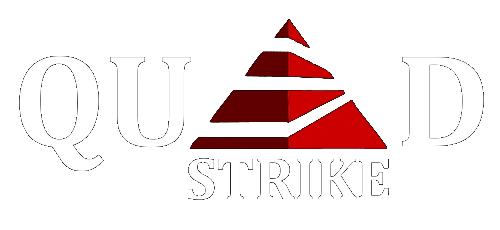Governance, Risk, and Compliance (GRC) is a comprehensive and strategic framework that amalgamates three critical functions – Governance, Risk management, and Compliance – into a unified approach within an organization. This approach is conducive to better decision-making and more robust organizational performance.
In today’s rapidly evolving business landscape, organizations face an complex web of challenges that can significantly impact their operations, reputation, and bottom line. One essential framework to navigate these complexities is Governance, Risk, and Compliance (GRC). This integrated approach ensures that companies not only meet regulatory requirements but also align their strategies, manage risks, and operate ethically. In this blog, we’ll explore the key components of GRC, its importance, and how it can be effectively implemented.

What is GRC?
Governance, Risk, and Compliance (GRC) is a structured approach that aligns an organization’s objectives with its regulatory requirements and risk management strategies. It encompasses three main pillars:
- Governance: This refers to the framework of rules, practices, and processes by which an organization is directed and controlled. Good governance ensures that the company’s strategic goals are met, resources are used responsibly, and stakeholders’ interests are protected.
- Risk Management: This involves identifying, assessing, and prioritizing risks followed by coordinated efforts to minimize, monitor, and control the probability or impact of unfortunate events. Effective risk management ensures that potential threats to the organization’s objectives are mitigated.
- Compliance: Compliance ensures that the organization heeds to relevant laws, regulations, standards ,and ethical practices. It involves implementing policies and procedures to comply with external regulations and internal standards, thereby avoiding legal penalties and protecting the company’s reputation.
The Importance of GRC
Implementing a strong GRC (Governance, Risk, and Compliance) framework is crucial for organizations for several key reasons. First, it helps leaders make better decisions by giving theme clear view of how the organization operates. This insight ensures that decisions support both the organization’s long-term goals and meet legal requirements.
Secondly, GRC helps organizations identify and handle risks early on. This proactive approach prevents problems like financial losses or damage to their reputation. Thirdly, it ensures that the organization follows all laws and regulations consistently. This is essential to avoid legal issues and penalties.
Furthermore, a well-integrated GRC system makes operations smoother and more efficient. By streamlining processes and cutting down on unnecessary tasks, organizations can save money and perform better. Finally, a strong GRC framework builds trust with stakeholders like customers and investors. By showing a commitment to good governance and risk management, organizations earn a positive reputation, which is crucial for long-term success and growth. In essence, GRC is about ensuring that organizations run smoothly, comply with rules, and build trust in their community.
Implementing an Effective GRC Framework
Successfully implementing a GRC (Governance, Risk, and Compliance) framework involves several key steps that organizations should carefully consider:
Set Clear Objectives: Start by defining clear goals for your GRC program that align with your organization’s overall strategy and day-to-day operations.
Develop Comprehensive Policies: Create detailed policies and procedures covering governance, risk management, and compliance. These guidelines ensure everyone understands their roles and responsibilities in maintaining standards.
Integrate GRC Functions: Break down departmental barriers and integrate governance, risk, and compliance efforts. This collaboration ensures a unified approach across the organization, supported by technology to manage and share information effectively.
Regularly Assess Risks: Continuously assess potential risks to your organization. This ongoingevaluationhelps identify new threats and ensures existing measures are effective in mitigating them.
Monitor and Report Progress: Establish systems to monitor GRC activities consistently. Use tools like dashboards and analytics to track progress, identify trends, and make informed decisions in real-time.
Cultivate a Compliance Culture: Foster a workplace culture where compliance is valued by everyone. Provide training and resources to educate employees about regulatory requirements and ethical standards, empowering them to make compliant decisions daily.
Review and Improve: Regularly review your GRC framework to adapt to changes in regulations, emerging risks, and evolving business needs. Continuous improvement ensures your organization remains agile and resilient in the face of challenges.

4 thoughts on “Understanding Governance, Risk, and Compliance(GRC)”
I’m sorry but this looks extremely like an AI generated output.
Thanks for your valuable feedback. We value your input and strive to improve. Please let us know how we can enhance your experience. Thank you for being a valued reader!
Good, expecting more from this domain. I am pg student, currently working as GRC Analyst intern. It will help me to grow in this domain. Thank you! ✨️
Thank you for your kind words! I’m glad you found the information useful. If you have any specific topics or questions, feel free to reach out. Good luck with your studies and internship!
✨️ Stay curious and keep learning! ✨️